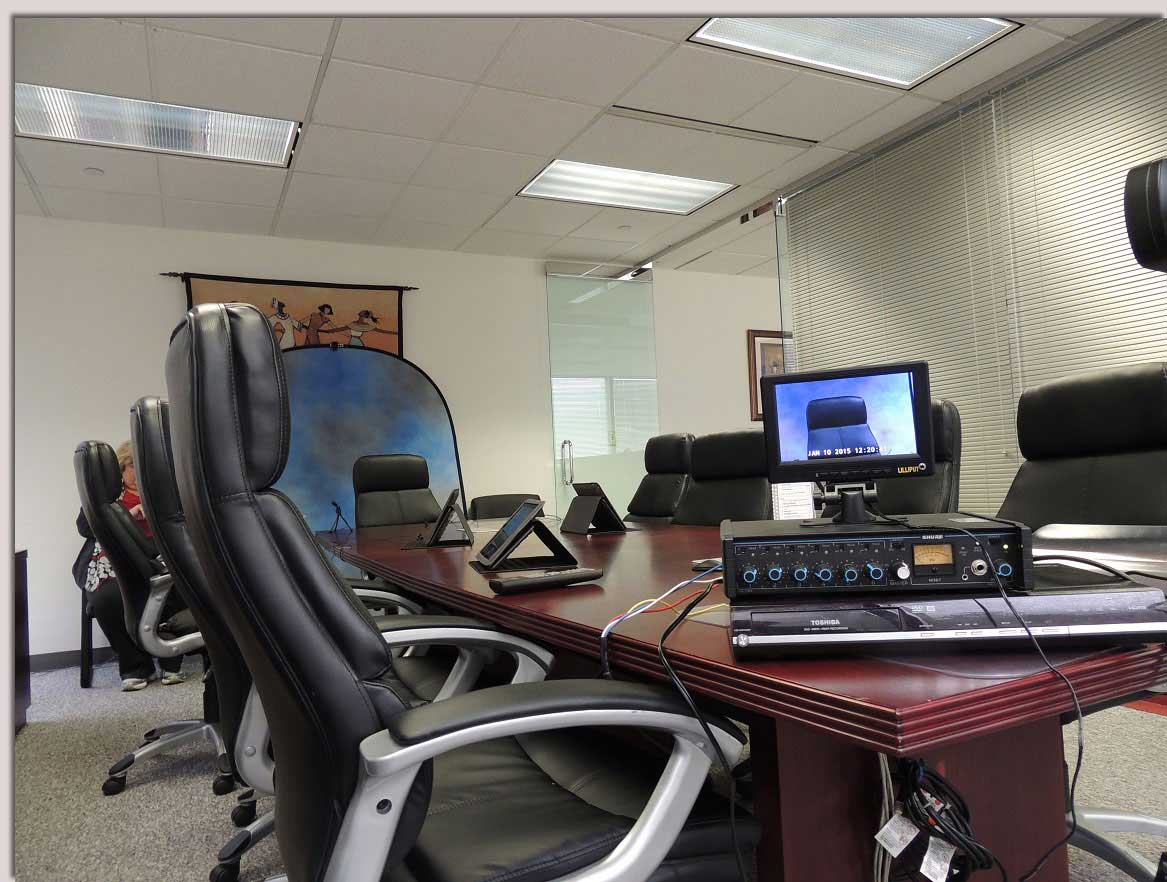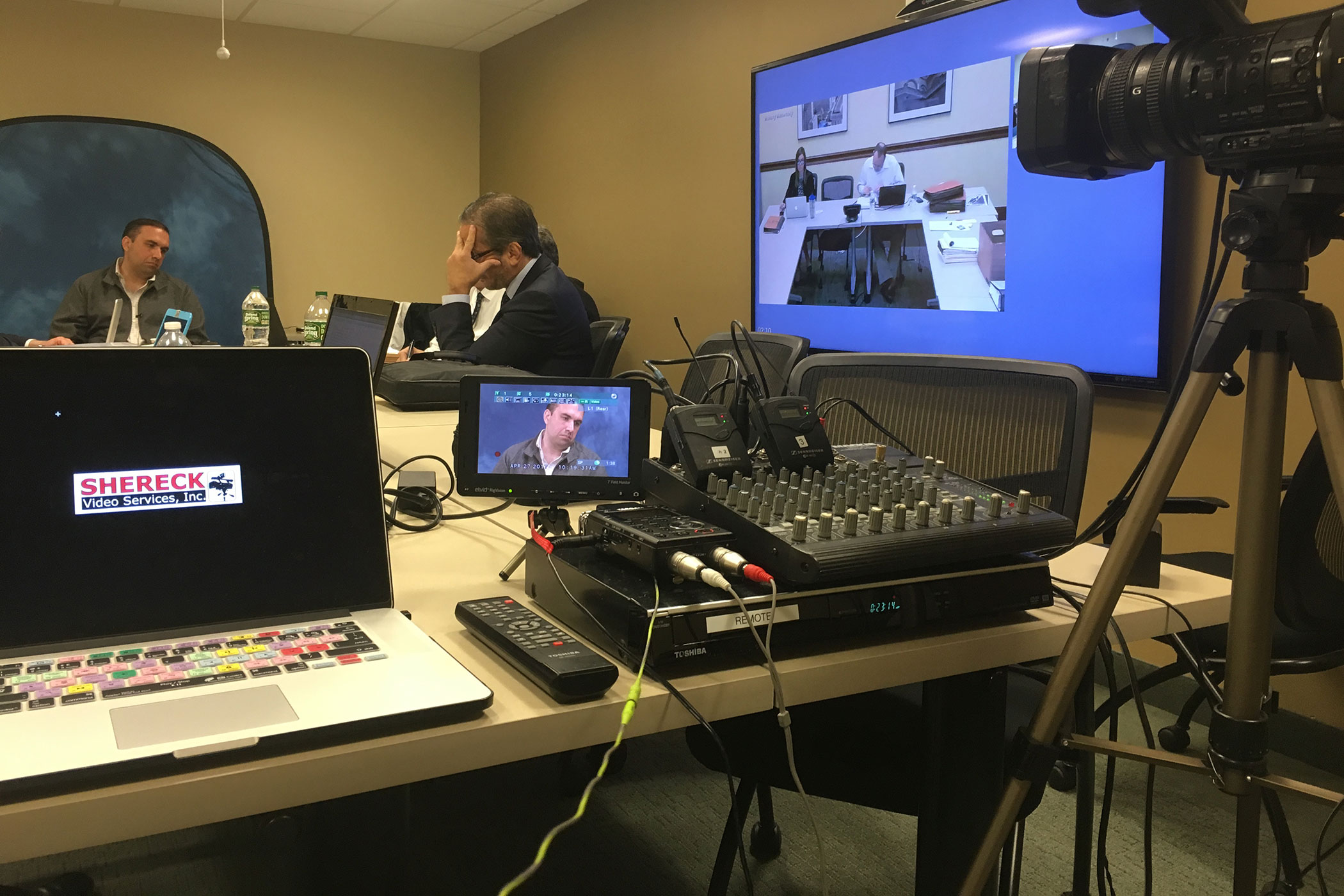Experienced Legal Videography for Capturing Detailed Evidence.
Experienced Legal Videography for Capturing Detailed Evidence.
Blog Article
Why Legal Videography Is Essential for Accurate Legal Record-Keeping
In the world of legal procedures, the precision of record-keeping is vital, and lawful videography becomes an important device in this context. By catching the nuances of spoken and non-verbal interaction, it dramatically decreases the potential for misinterpretation that can come with traditional written records. The conservation of authentic visual proof not only improves the reputation of testaments yet likewise contributes to an extensive account of events. As we check out the multifaceted advantages of lawful videography, one should consider its implications for the future of judicial honesty and openness.
Significance of Visual Proof
Establishing the significance of visual proof in legal proceedings is extremely important for making sure exact record-keeping and enhancing the overall honesty of the judicial process. Visual proof works as a vital tool in documenting occasions, problems, and other important details that might be necessary to a situation. Unlike created accounts, which are vulnerable to analysis and prejudice, aesthetic recordings provide a goal, unalterable representation of realities as they happened.
This form of proof can record a variety of components, consisting of witness actions, ecological context, and physical evidence, all of which might influence judicial outcomes. By presenting a clear and detailed visual narrative, legal videography eliminates obscurity and helps to protect the authenticity of the proof.
Moreover, aesthetic evidence can be critical in reducing disputes over valid disparities, as it enables for a direct contrast versus statement and various other recorded records. In an era where electronic technology is increasingly widespread, the ability to existing visual proof successfully can significantly improve the overall high quality of lawful process. Ultimately, the consolidation of aesthetic evidence not only bolsters the documentation process however likewise reinforces public depend on in the judicial system by promoting transparency and responsibility.
Enhancing Testament Credibility
The combination of lawful videography right into courtroom process substantially boosts the reliability of witness testament. By capturing the subtleties of verbal and non-verbal communication, video recordings offer a more extensive depiction of a witness's behavior, feelings, and integrity. This aesthetic documents permits jurors to observe the witness's body movement, faces, and total manner, which are vital elements that can affect their perception of testament integrity.

Furthermore, the presence of video clip footage can prevent witnesses from supplying deceptive or exaggerated statements, as they are conscious that their testimony is being taped. This liability strengthens the important source honesty of the judicial procedure. Eventually, lawful videography functions as an important device in guaranteeing that witness testament is not only properly portrayed but likewise viewed with increased reliability by all celebrations included.
Comprehensive Record Preservation
Comprehensive record conservation is crucial for preserving the integrity of legal proceedings. Lawful videography works as an essential device in this procedure, providing an accurate aesthetic and auditory account of testaments, depositions, and various other pivotal minutes in a case. Unlike standard written transcripts, video clip recordings catch the nuances of body movement, tone, and feeling, which are crucial for recognizing the context and intent behind statements made during lawful procedures.
Incorporating audiovisual elements right into record-keeping enhances the conservation of evidence, ensuring that it stays intact and obtainable throughout the lawful process. This is specifically vital in cases where the integrity of witness statements might be tested, as visual recordings can validate claims and provide quality. In addition, video documents can be vital during appeals or retrials, providing an unaltered representation of the original testament.

In addition, the capability to examine video evidence enables lawyers to identify vital details that might have been ignored in written documents. By maintaining a detailed archive of lawful process through videography, law practice can support the highest standards of precision and accountability, inevitably adding to a fairer judicial procedure.
Enhancing Legal Process
Enhancing lawful process is essential for improving efficiency and reducing delays within the judicial system. Lawful videography functions as an essential tool in attaining this goal by offering clear and exact visual documents of court hearings, depositions, and statements - legal videography. This modern technology enables for real-time recording, guaranteeing that all verbal and non-verbal hints are recorded, which special info can promote quicker resolution of disputes
The combination of videography into legal processes minimizes dependence on traditional approaches, such as lengthy transcripts, which can be time-consuming to create and review. By having accessibility to recorded video footage, lawyers can swiftly reference crucial minutes, boosting their capacity to prepare and existing cases properly. This immediacy additionally aids in the clearing up of testaments, lowering the capacity for false impression.

Admissibility in Court
Accurate paperwork is important not just for efficiency but also for making sure that evidence is permissible in court. Lawful videography serves as a vital device in this procedure, supplying a dependable visual document of testimonies, declarations, and events.
To be considered admissible, lawful videography should abide by recognized protocols, such as appropriate tools use, proper lights, and clear sound capture. Furthermore, it is necessary to have certified videographers that understand the lawful needs bordering proof collection. legal videography. The chain of safekeeping should additionally be maintained to avoid any insurance claims of meddling or alteration
In addition, legal videography can improve the persuasiveness of evidence by giving jurors with a straight sight of the testimony, permitting a much more involved understanding of the instance. In summary, the combination of lawful videography into record-keeping not only sustains performance but likewise strengthens the stability and admissibility of proof in court procedures.
Conclusion
In conclusion, lawful videography plays a pivotal duty in making sure accurate lawful record-keeping by supplying objective aesthetic paperwork. Eventually, the consolidation of legal videography into the judicial procedure advertises openness and reinforces public depend on in see this the integrity of the legal system.
Report this page